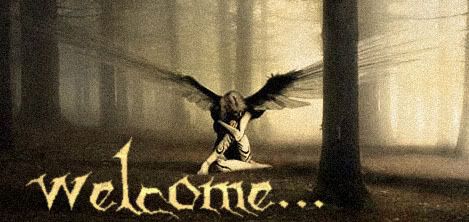I am dedicated to the pursuit of correctness!
Can you see the 4 deliberate mistakes in the introductory paragraph?
What is a proofreader?
A proofreader usually reads a manuscript after it has been edited and type set. They check for and correct any grammer, spelling, punctuation, word usage or sense, and printing errors. Often the proof, as it is called, is compared with the copy editor’s copy, making sure that corrections have been properly carried out. Other times they have nothing to compare it to. In both cases, they mark the copy with standard proofreader marks that are understood by writers and printers. When they read copy from a computer screan, they make the corections themselves. If you have a second language, as I do, such as French, you can do proofreading of translations from the second langauge into English. As I have patience, an eye for detail and a passion for books, I enjoy proofreading. Perhaps it is the teacher in me! To be a proofreader, you need a love of books and to enjoy reading and to be good at spelling and grammar, but this is not enough. You also require mental stamina, a lot of patience, logic, application, organisation, concentration and the tools of the trade (red and blue pens, pencils, rubber...).
What is a translator?
A translator is a professional person who converts texts from one language to another, but also translates the message in the text and reproduces it for an audience with a different language, as well as a different social and cultural background. So, to be a translator one must be able to do more than just be able to read, speak and write another language. Many translators specialize; that is, they concentrate on certain subjects, areas or markets. Some of these translators have qualifications such as degrees that qualify them to do a certain type of translation, while others have gained relevant experience whilst working in specific subjects or occupations.
Why bother to proofread?
Did you see my statement at the top of the page? That sums it up! Accuracy is so important. The days of embarrassing mistake-ridden texts must come to an end! I am sure that everyone, like me spots mistakes in newspapers, books (I have even spotted them in books about proofreading), brochures, magazines and so on. These mistakes take my attention away from what is being said to me in the text, and therefore the text is not doing its job properly. Accuracy in any business documentation, in any language, is essential because it reflects that organization’s commitment to quality. The world could be in a bit of a mess without proofreaders! A great amount of information is published today, from books, magazines, newspapers, manuals, newsletters, brochures and leaflets to online books, newsletters, e-zines, and of course, websites. The English language is too complicated for your computer chips and your spellchecker is not enough. I read an amusing poem recently which showed this to be very true. The computer has, however, opened up avenues for proofreaders and most businesses print literature in one form or another so a proofreader is a very necessary human being.
In the case of translations, the proofreader is needed to insure that the translations have been done correctly. A proofreader can improve the quality of a translation. The combination of a translator and a proofreader insures that cultural and grammatical skills are always considered. One should have the same experience reading a translated document as reading the original. So, the proofreader reads and compares the original and the translation to verify the translators work, making sure that the target language is accurate grammatically, but also socially and culturally.
Sarah Pritchard
Angel Cuddle Publishing
email: angelcuddle(at)gmail(dot)com
PS: If you e-mail me with the correct answers I will send you a free PDF report.
Welcome

Subscribe to:
Post Comments (Atom)
.jpg)
No comments:
Post a Comment